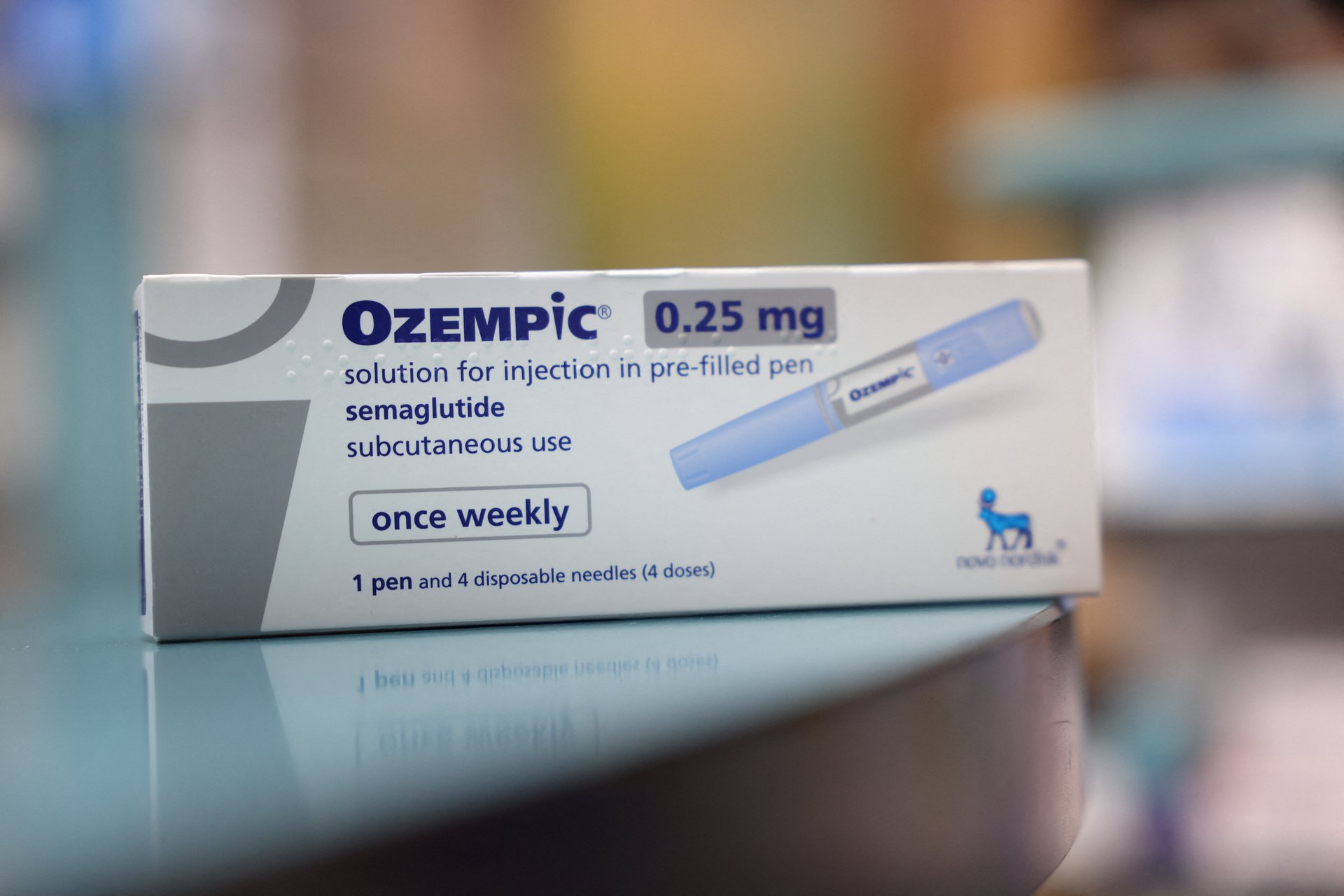Ozempic maker Novo Nordisk denies flooding market with 'junk' patents after FTC challenge
"We believe that what we have done is appropriate," a Novo Nordisk executive said

Novo Nordisk responded today to the U.S. Federal Trade Commission’s (FTC) suggestion that it filed ‘junk’ patents to prevent competition and raise prices.
Suggested Reading
The Ozempic maker denied wrongdoing, stating that the disputed patents — including for its popular diabetes drug — were all approved by the patent office and followed FDA protocols.
Related Content
“We’re talking about device patents, first of all, and we’re talking about patents that are valid and granted by the U.S. Patent Office,” said Novo Nordisk Chief Financial Officer Karsten Munk Knudsen when asked to provide commentary on the challenge during a call with analysts.
In the letter to Novo Nordisk, the Commission said it was also disputing patent listings in regards to the company’s Saxenda and Victoza brands. The FTC’s challenges specifically targeted device patent listings like the one covering Ozempic’s “injection device with torsion spring and rotatable display.”
“We carefully assess whether we are following the appropriate protocols for [the] FDA and and sought guidance and feedback on that,” Knudsen said on the call. “We believe that what we have done is appropriate, but of course, we’ll follow the regulations set as issued by the FDA.”
The listings are documented in what is the known as the Food and Drug Administration’s (FDA) Orange Book — a list of FDA-approved drugs. The Orange Book contains patent listings for drug ingredients, manufacturing processes and intellectual property. The FTC argues that improper or inaccurate listings result in artificially high drug prices, by delaying cheaper generic alternatives from entering the market.
The drug manufacturers now have 30 days from when the letters were sent to withdraw or amend the disputed listings or prove that they meet regulatory requirements.